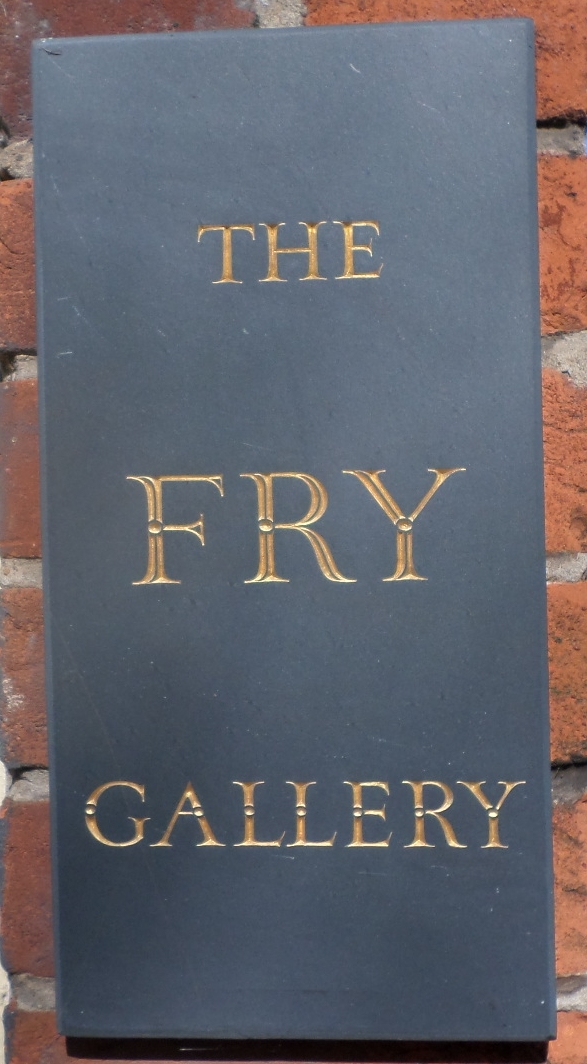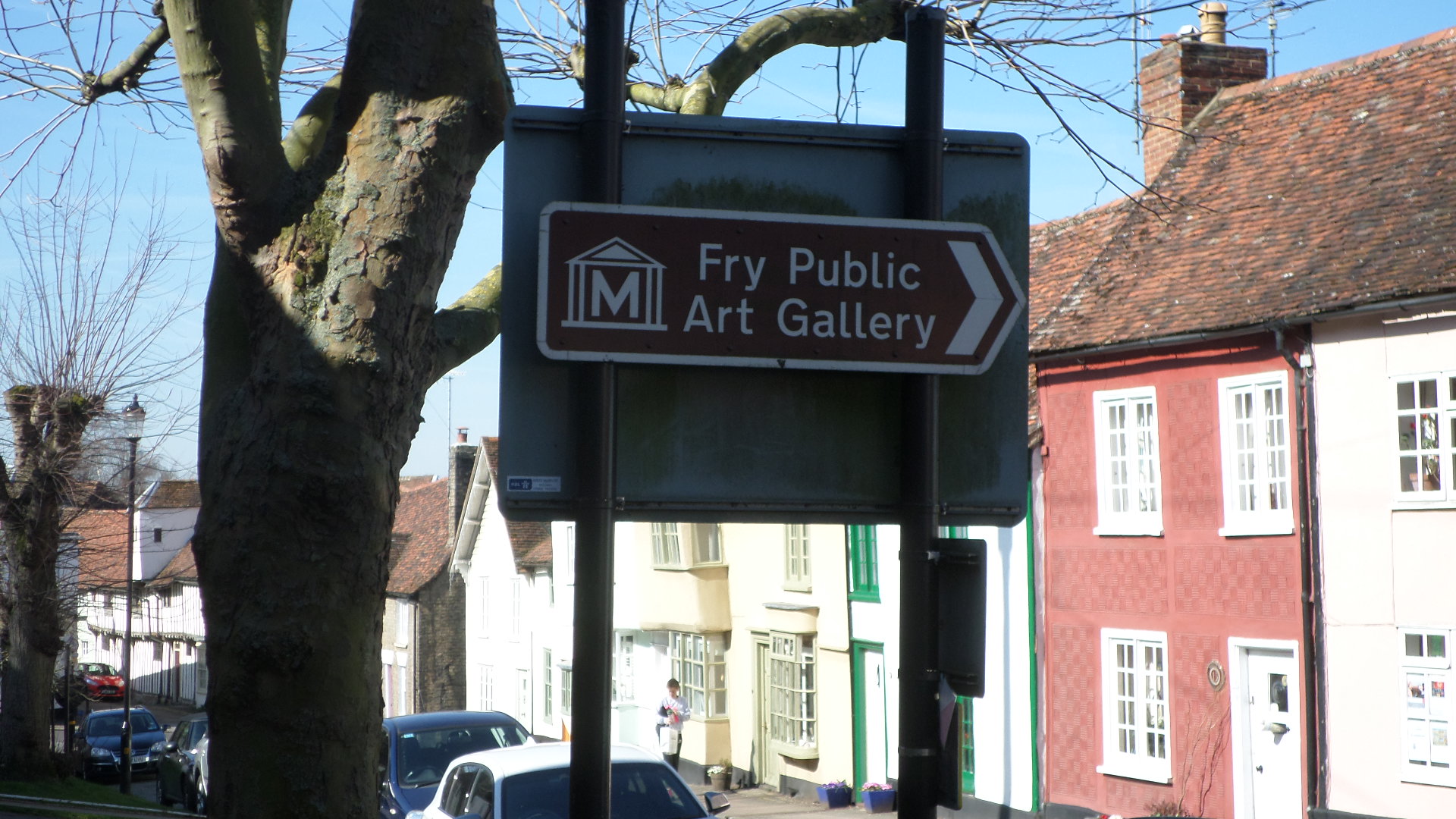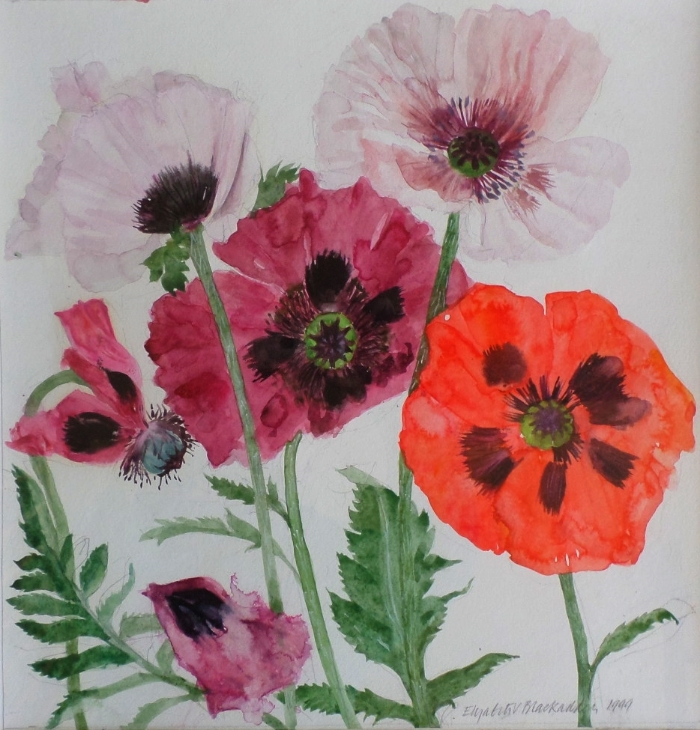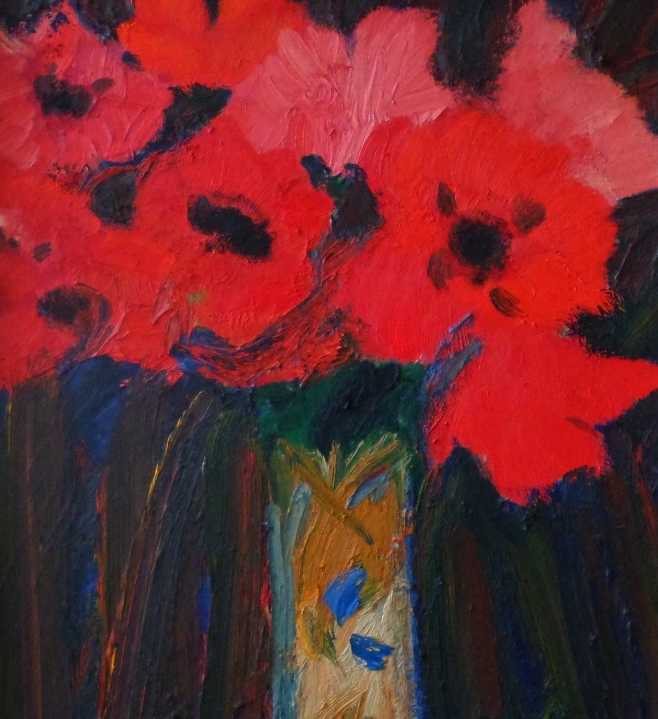It is no secret that, here in our corner of rural Hertfordshire , Blondes Fine Art are great supporters of The Fry Public Gallery. With only a 20 minute drive to one of the most active and friendly galleries in the country, we hardly need an excuse to go for a visit or view whatever exhibition is current. So I was delighted when, a few weeks ago, we received an invitation to a preview and book launch for "Richard Bawden at 80".
A very nicely prepared flyer promoted the title of the book, "Richard Bawden his life and work" proclaiming it to be a major new book by Malcolm Yorke, to be published in March 2016 by Fleece press.Attached was a reproduction of a rather splendid linocut of a Hare and the details of the book and price.(see below)
"Bawden is a famous name, and as he nears 80, Richard is the supreme printmaker and beautiful watercolourist. It is a privilege to publish the first book on his life and work. Malcolm Yorke's biography, with illustrations, is timed to coincide with the Fry Gallery retrospective in April. The book runs to 200 pages in full colour." The standard copy is £242 and 55 specials with a signed etching , housed in a solander box for £364.
The launch of the book coincided with the opening preview of Richard Bawden's work which will run until 18th June 2016 and is Free Admission. I was unable to resist so set off to Saffron Walden for the 11am opening. Anyone who has been to The Fry will know that it is a small building and a squeeze at the best of times and this event was no different. It seemed that everyone had come to see Richard Bawden to wish him a happy birthday. The event was super busy and once inside I could see that both Richard Bawden and Malcolm Yorke were already hard at work signing the new book for those lucky purchasers.The book really does look fantastic and a must for any fan of Bawden's work. It was great to catch up with a few people such as David Oleman , gallery chairman, and Diana Parkin who was there to plant a big birthday kiss on Richards cheek.
Richard Bawden signing his new book.
I also managed to get a few minutes to chat to the super talented, and huge supporter of the Fry , Mark Hearld . He has a exhibition in the form of an open studio at his home in York in two weeks time and is another , not to be missed, event for those who love his collage and new ceramic work. We will be there and look forward to seeing what Mark Hearld and Emily Sutton have on offer . We were lucky to purchase the collage that Mark Hearld produced to help raise funds for the Fry Gallery leasehold and it has pride of place in our home , and is not for sale.
I was also pleased to purchase a lovely little watercolour by Richard Bawden depicting one of his much loved cats in an equally regularly painted chair. The work is titled "darling on her chair" and will remain exhibited at The gallery until June, so pop along and have a look it is well worth a day out and features Richard Bawden's watercolours, Etchings and Lino Cut, all of which are for sale. A real must.........
Well done Fry gallery a great event and wonderful exhibition.
Click this link.......For more details about events at The fry Gallery this coming year.


















